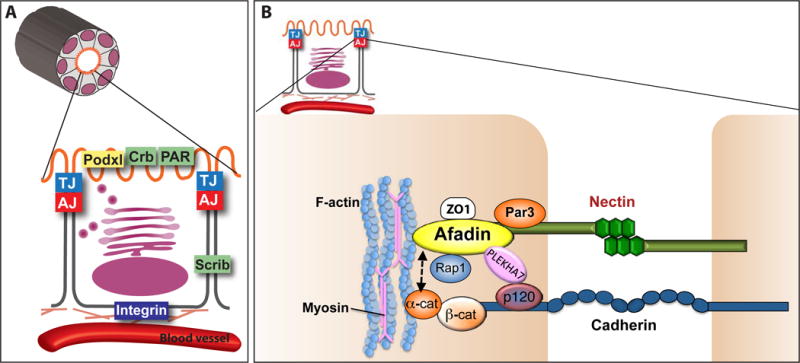Figure 3. Apical basal polarity in an epithelial cell.

(A) Several complexes confer apical basal polarity in epithelia. (a) Integrin complexes generate cell-matrix adhesion and provide spatial cues. (b) Polarity complexes define the apical and basolateral surfaces. The Par complex (Par3, aPKC, Par6, Cdc42) and Crumbs complex (Crb, Pals, PatJ) are apical, and the Scribble complex (Scrib, Dlg, Lgl) is basolateral. The podocalyxin complex (Podxl, Ezrin, NHERF) is also apical. (c) Adherens junction (AJ) and tight junction (TJ) proteins also establish polarity and maintain the barrier between apical and basolateral. (d) Vesicular trafficking complexes (not shown) also generate and maintain polarity.
(B) Components of an adherens junction are illustrated. Cadherins and nectins are two major transmembrane receptors, signaling through their adaptor proteins, the catenins and afadin respectively. Catenins include α-catenin, β-catenin, and p120 catenin, as shown. Afadin and α-catenin connect the AJ to the actin cytoskeleton. Afadin interacts with many proteins in addition to nectins, including Rap1, ZO1, and Plekha7 [119].
